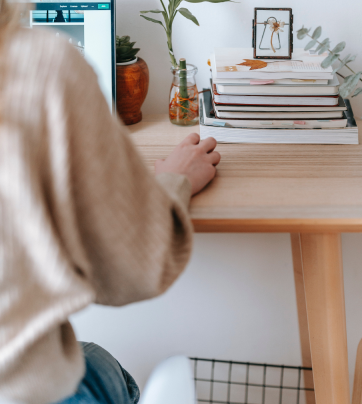
Neuronal plasticity -- The brain in continuous change
Our brain is alive and constantly changing. Nerve cells make new connections and expand. Through internal and external stimuli, new connections between nerve cells are created in the brain, and these are strengthened through repetition or weakened if „not used“. As a result, entire areas of the brain can change to adapt to the requirements at hand. Neuronal plasticity describes this lifelong changeability of the nervous system. So the brain is a bit like a plant that can grow, regenerate and change.
Neuronal plasticity as the basis of learning
Neuronal plasticity and learning are closely related. All learning processes of healthy and ill people are based on this principle. This is because learning is essentially about acquiring new information or skills that can then be stored in memory and retrieved later. It is precisely this ability of our brain to make and maintain new connections that comes into play.

Neuronal plasticity in rehabilitation
What is true for learning new knowledge or skills is equally true for relearning lost skills. Neuronal plasticity also forms the basis for this. After an injury to the brain, the nervous system is even particularly malleable for a while. In this critical phase, training is elementary.
Neuronal plasticity as the basis of our products
This is where we come in with our teora mind product. We stimulate brain areas in a way that is designed to stimulate brain plasticity and bring back lost abilities. This is how we help the brain to heal itself.